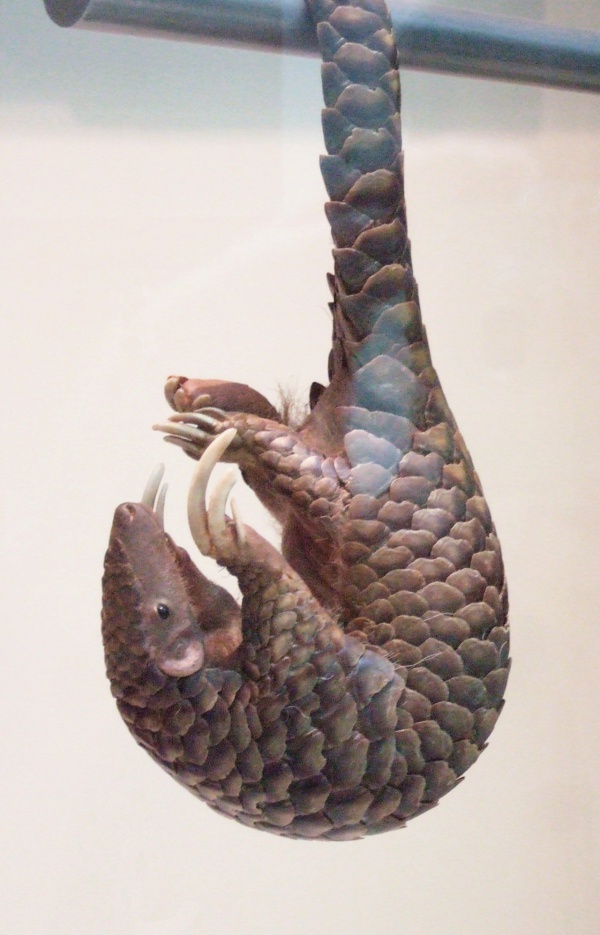Facts About Chinese pangolin
The Chinese pangolin, a critically endangered species, inhabits various regions across Asia and is facing severe threats primarily due to poaching for the illegal wildlife trade. These fascinating creatures are easily recognizable by their scaly armor, but sadly, their population has significantly declined in recent years.
Chinese pangolins have a diet that consists chiefly of insects, with termites and ants being their preferred food sources. They are known for their slow movements and unique defense mechanism of curling into a tight ball when they feel threatened.
To combat the decline of this species, several countries have enacted laws to protect the Chinese pangolin, including bans on the commercial trade of wild-caught individuals. Conservation efforts are also being implemented to raise awareness, secure funding, and conduct research aimed at pangolin preservation. These initiatives involve monitoring pangolin populations, establishing consumption indexes, and creating strategies to reduce the demand for pangolin products.
The China Biodiversity Conservation and Green Development Foundation (CBCGDF) has been at the forefront of these conservation efforts. They have been active in conducting research and fieldwork, setting up conservation areas, and rescuing pangolins from poachers. Additionally, they advocate for changes in rescue procedures and legislation to provide better protection for endangered species like the Chinese pangolin.
Despite these efforts, the Chinese pangolin remains at great risk due to poaching. Their scales and meat are highly prized in traditional Chinese medicine and as delicacies, making them a prime target. The species continues to teeter on the brink of extinction, highlighting the significant challenges that must be addressed to safeguard this unique and vulnerable animal.

 India
India